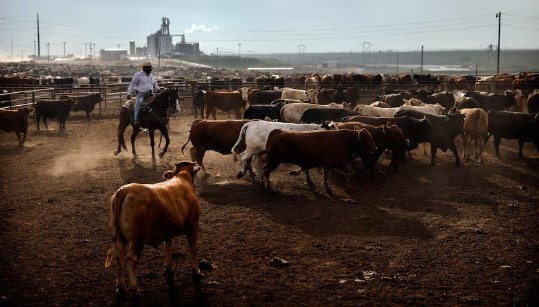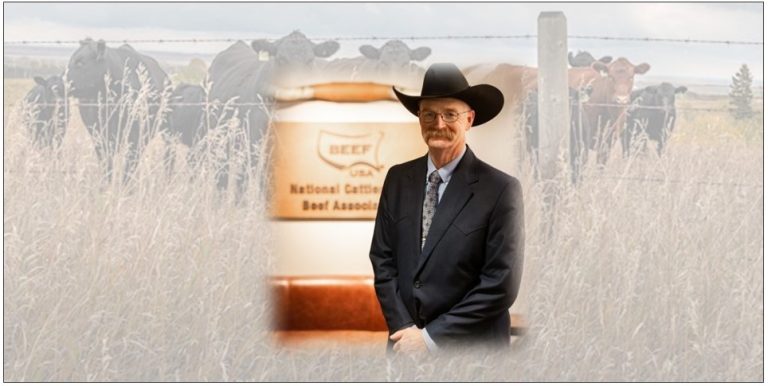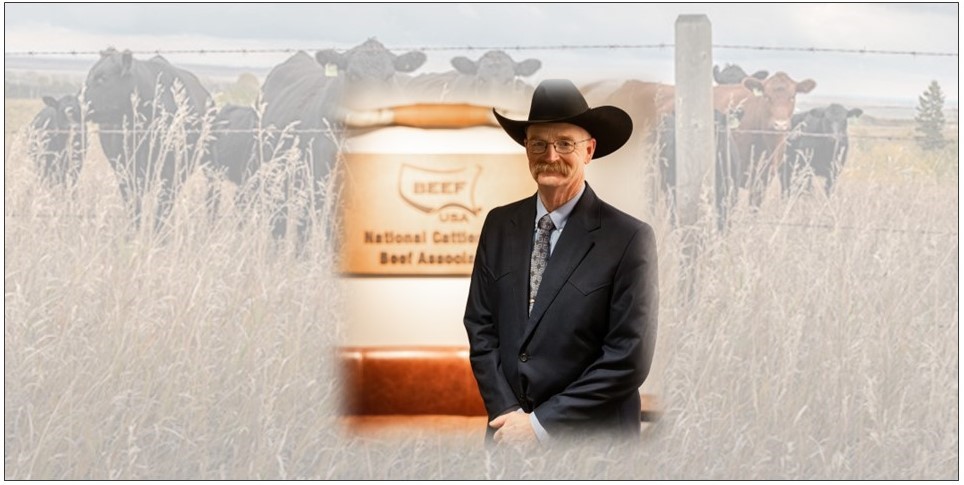WASHINGTON, D.C. – As of January 19, 2025, the US-Mexico border remains temporarily closed to live cattle imports due to the detection of New World Screwworm (NWS) in Mexico.
A letter sent Friday, Jan. 17, 2025 by outgoing USDA Secretary Tom Vilsack to Mexico’s Secretary of Agriculture Julio Antonio Berdeguê , he acknowledges the progress made in reopening cattle trade between the two countries following the detection of New World Screwworm (NWS) in Mexico, but says more action is needed to resume trade.
USDA’s Animal and Plant Health Inspection Service (APHIS) suspended imports of live cattle and bison from Mexico on Nov. 22, 2024, following the detection of New World screwworm (NWS) along Mexico’s southern border. This pest can have a significant negative impact on cattle health, and U.S. authorities have been working to develop protocols to screen animals coming into the country.
Key developments:
- Technical collaboration between U.S. and Mexican teams
- Full technical agreement on protocol reached on Dec. 12, 2024
- Ongoing work to approve pre-export NWS inspection facilities.
Vilsack emphasizes the importance of expediting the approval process for these facilities to resume safe export as soon as possible, citing the significance of trade for a safe and affordable food supply.
The letter also addresses efforts to combat the spread of New World Screwworm:
- Emergency funding has been authorized to increase sterile fly production
- Production has increased fivefold in the past year
- Enhanced regional response through increased dispersal, surveillance, education, and partnerships
- Acknowledgment of Mexico’s partnership in sterile fly releases, movement controls, and surveillance
- Shared goal to push the pest south to the Darien Gap
Vilsack requests immediate support from Secretary Berdegué for the establishment of two planned sterile fly dispersal centers in Southern Mexico to strengthen current efforts.
The letter maintains a cordial and cooperative tone throughout, emphasizing:
- Shared commitments and goals
- Acknowledgment of Mexico’s efforts and partnership
- Expressions of gratitude for collaboration
- Requests for continued support and expedited action
Industry sources say specific testing took place Monday, Jan. 20, and that and other tests will go a long way in establishing a trade resumption timeline.
An average of 1.17 million head of Mexican cattle were imported into the U.S. in the 20 years from 2004-2023, ranging from a minimum of about 703,000 head in 2008 to a maximum of 1.47 million head in 2012. Mexican cattle imports represent 3.3% of the total U.S. calf crop on average. Imports of Mexican cattle have averaged 84.5% steers and 15.5 percent spayed heifers over the past 20 years. However, in the five years from 2019-2023, the percentage of heifers increased to an average of 21.3%.
Imports of Mexican cattle were up 21.3% year over year for the first nine months of the year (2024). The pace suggested that total annual imports could be about 1.5 million head. Most of the increase was due to additional spayed heifer imports, up 87.2% year over year and accounting for 35% of total cattle imports.
November and December typically account for roughly 22% of annual imports. Assuming no imports for the last week of November and all of December 2024 and given the pace of imports thus far in the year, it is likely that annual imports will be reduced by 200,000 – 250,000 head from the probable total before the screwworm announcement.
Several factors are influencing the timeline and pace of reopening:
- Facility inspections: Both countries have agreed on protocols, but implementation requires facility inspections and approvals.
- Quarantine period: A seven-day quarantine after animal checks
- Port readiness: The most important port to get moving again is Santa Teresa, New Mexico.
The temporary suspension of cattle imports from Mexico has had notable effects on the U.S. cattle market:
- Reduced supply: About 250,000-300,000 fewer head of cattle are estimated to have been imported due to the suspension.
- Price support: The trade disruption has been supporting feeder cattle and calf prices in the U.S.












